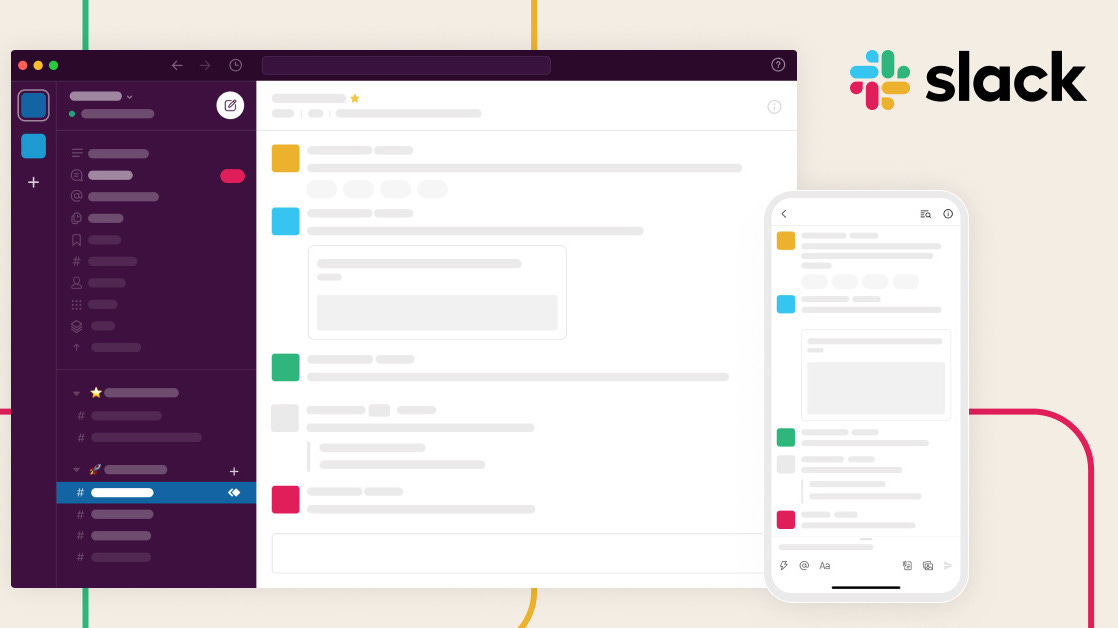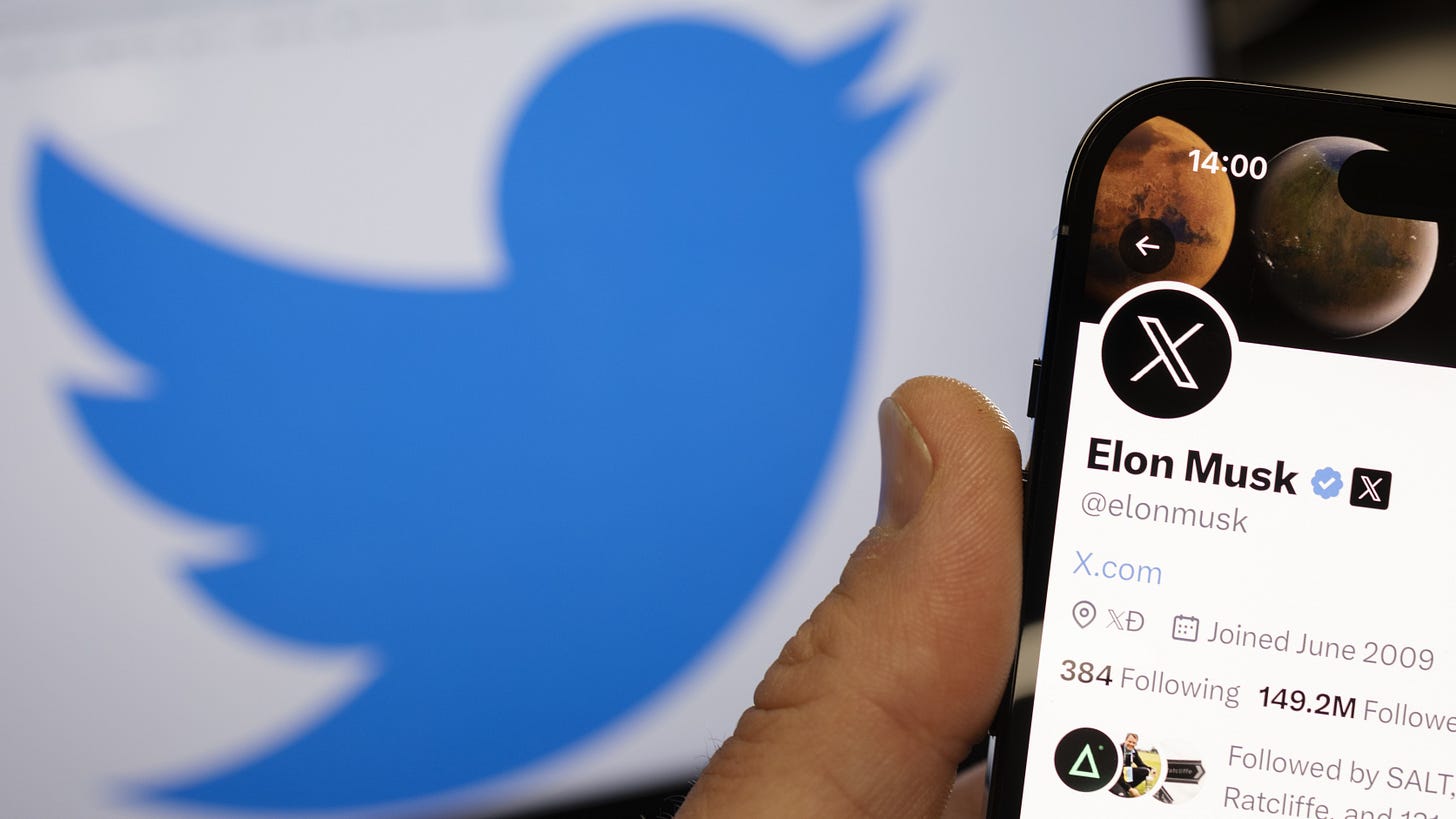7 ways to reinvent the wheel ... that work
“Business ideas don’t have to be original. They just have to work.”
ANOTHER DAY
ANOTHER STARTUP INSIGHT
“Just another Uber clone.”
When Grab first launched in Malaysia (back then it was called MyTeksi), people rolled their eyes.
“Just another Uber clone,” they said.
Fast forward a few years… and Grab didn’t just survive — they convinced Uber to pack up and leave Southeast Asia entirely. In 2018, Uber handed over its operations in 8 countries… in exchange for a 27.5% stake in Grab.
Today?
Grab is a NASDAQ-listed super app.
They’ve gone from ride-hailing to food delivery to payments — and have been valued at nearly $18.5 billion.
Not bad for a “clone,” huh?
It’s not about being first.
It’s about being right for users.
Grab didn’t pioneer ride‑hailing — Uber did.
But Grab localized it for Southeast Asia — where:
cash was king
trust in strangers was low
traffic meant motorbikes made more sense than sedans.
Uber’s one-size-fits-west model failed to account for that.
Most great startups aren’t original.
They’re adapted.
Founders confuse “being early” with “being first.”
But the most successful companies aren’t always the ones who invent something new — they’re the ones who repackage something proven for a new customer, market, or model.
They reinvent the wheel — on purpose.
Here’s how you can do the same:
7 ways to reinvent the wheel:
Letr’s build a standout business without starting from scratch.
1. Same concept, new geography
→ Shopee (vs. Taobao/Amazon)
E-commerce wasn’t new when Shopee entered the game in 2015.
Alibaba had already conquered China.
Amazon ruled the West.
But Southeast Asia? Still wide open.
Shopee stepped in and crushed it by building an experience tailored specifically for SEA users:
Mobile-first from day one (most users skipped desktop entirely)
Cash-on-delivery options (because credit cards aren’t the norm)
Localized logistics, languages, and massive 11.11 campaigns that felt fun, not transactional
By meeting people where they were — not where the West was — Shopee became SEA’s #1 e-commerce platform in just a few years.
🧠 Takeaway:
A proven idea in other regions isn’t always a good fit in your region.
Build for the real behaviors, habits, and gaps in your market — and you might just win the whole thing.
2. Same model, new customer segment
→ ConvertKit, now Kit (email marketing for creators)
Email marketing tools were already everywhere — Mailchimp, Constant Contact, AWeber… all solid.
But none of them were built with creators in mind.
They were bloated and clunky — designed for agencies or ecommerce, not bloggers or indie writers.
So ConvertKit came in with the same core idea — email marketing — but focused 100% on creators.
Clean UX
Easy automations
Built-in tools to sell digital products and grow a list
And messaging that actually spoke to their users like humans, not marketing robots
Same model.
Different customer.
Massive opportunity.
Now it’s a $45M+ ARR business.
🧠 Takeaway:
Use the same idea, just speak directly to the people who’ve been ignored — and make it feel like you built it just for them.
3. Same tool, new industry
→ Slack (beyond tech teams)
Slack was originally for dev teams — born out of a gaming company.
But it didn’t stop there.
Now it’s used by:
Hospitals for internal coordination (nurses, admin, doctors)
Universities for student groups and faculty chats
Retail teams who need mobile-friendly, async comms
Corporate departments — like HR, legal, finance — all ditching long email threads for cleaner Slack channels
🧠 Why it works:
Same messaging tool, but when repackaged and supported with the right integrations (e.g. HIPAA-compliant features for hospitals), it’s suddenly useful in totally different industries.
MORE STORIES AND INSIGHTS:
🔗 Your startup only needs 1,000 true fans
🔗 Business is shockingly simple, but surprisingly hard!
🔗 A solo founder just sold his 6 months old AI startup for $80M
4. Same product, different biz model
→ Figma (vs. Adobe)
Adobe charged big bucks upfront and needed heavy downloads.
Figma?
Free to start
Real-time collaboration in the browser
Multiplayer vibes for designers
Designers loved it.
Devs loved it.
PMs loved it.
It went viral — and Adobe ended up buying Figma for a reported $20B.
🧠 Takeaway:
Sometimes, changing the way people access or pay for your product is the real unlock.
5. Same solution, better UX
→ Zoom (vs. Skype)
Skype had video calls first.
But Zoom… just worked.
One-click join
No account required
Reliable audio and video (even on crappy Wi-Fi)
Simple screen sharing and recording that just worked
During the pandemic, Zoom became the default — because it was faster, lighter, and didn’t make you want to throw your laptop.
🧠 Takeaway:
You don’t have to out-feature the competition.
Just out-simplify them.
A smoother, faster, more delightful experience is often all it takes to win.
6. Same solution, new form
→ Twitter, now X (vs. forums)
Twitter didn’t invent online discussion.
Forums existed for decades — but they were clunky, scattered, and buried deep in niche communities.
Twitter turned that same function — async conversations — into:
Public, scrollable threads
Real-time commentary
A broadcast-friendly experience
Other examples:
Kindle vs. Books
TikTok vs. YouTube
The shift in form made it accessible, viral, and addictive.
🧠 Why it works:
Sometimes you don’t need to change what something does — just how it looks, feels, or flows.
Design-led disruption is real.
7. Same function, but make it fun
→ Duolingo (vs. Rosetta Stone)
Rosetta Stone felt like homework.
Duolingo turned language learning into a game.
Same goal — learn a new language.
But Duolingo added:
Streaks
XP points
Leaderboards
A green owl that lowkey bullies you into showing up
Now people check the app daily not because they have to … but because they don’t want to break their 74-day streak.
And it worked.
Duolingo went public in 2021 and grew to 103 million monthly active users in 2024.
🧠 Takeaway:
If the job is boring or hard, make it fun.
Gamify the journey.
Turn progress into dopamine.
Even serious stuff can be addictive — if it feels like a game.
Final thoughts:
You don’t need to invent something new.
You just need to roll it in a direction no one else has.
So if someone tells you,
“That’s already been done…”
Say,
“Perfect. That means there’s proof it works.”
Then go build your version — and do it better.
If you do that well, no one will care that your idea isn’t original.
They’ll just be glad it finally works for them.
Whenever you're ready, there are 3 more ways I can help you:
1. Promote your business to 1,000+ readers:
A shoutout right at the top of the email that can include a banner, a headline, 4 sentences, and a CTA button. A featured sponsor mention in 3 back-to-back newsletter issues for maximum visibility.
2. Share your startup story:
A dedicated feature/spotlight in our newsletter, including a compelling write-up of your startup’s story and mission, and a link to your website or landing page. Let's us tell your story!
3. Book a 1-on-1 call with Gracie:
In one hour, let's help you get unstuck and map out an actionable plan to acquire your first 100-1000 customers fast.See you next issue!
Gracie from What A Startup
PS — The wheel wasn’t reinvented once.
It’s been reinvented millions of times.
Rubber tires. Alloy rims. Tubeless. Foldable. Off-road. Self-inflating.
It’s not the idea. It’s the application.












